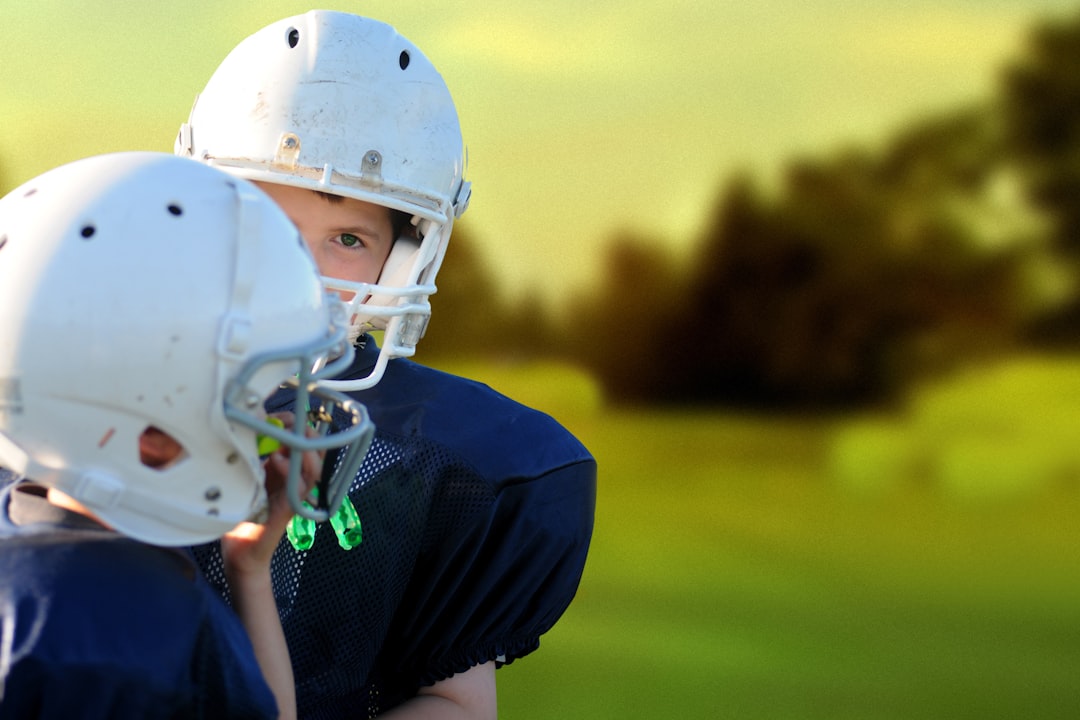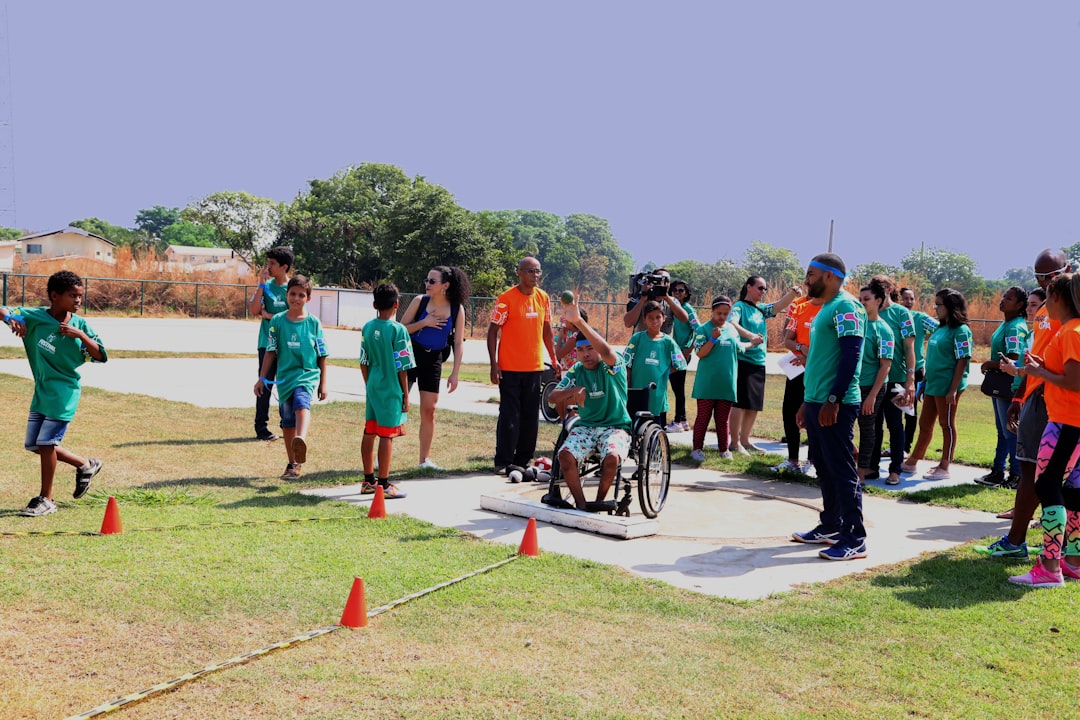In the ever-evolving world of professional sports, the path to peak performance no longer hinges solely on raw talent and tireless training. Instead, the fusion of science and technology is reshaping how athletes prepare, train, and compete. One area leading this revolution is the rise of “Sport P L” (Sport Performance and Learning), a multidisciplinary approach rooted in physiology, biomechanics, psychology, and data science. With cutting-edge tools and insights, athletes can now optimize their training, prevent injuries, and achieve measurable improvements faster and more efficiently than ever before.
The Anatomy of Sport P L
Sport Performance and Learning is not just a trend—it’s a paradigm shift. It relies on a system-based approach to athletic training, one that integrates individualized assessments, continuous feedback, and data-driven strategies. At its core, Sport P L leverages:
- Wearable technology: Advanced sensors track key physiological metrics like heart rate, core temperature, VO2 max, and sleep quality.
- Biomechanical analysis: Motion capture and force sensors evaluate body movements to refine technique and prevent injuries.
- Cognitive training: Neuroscience meets performance through brain-training exercises and visualization techniques.
- Nutritional science: Tailored diet plans and supplementation enhance recovery and fuel performance.
These elements combine to tailor training plans specific to an athlete’s profile, making training both efficient and effective.
Data: The New Currency of Athletic Performance
Gone are the days of relying on intuition and experience alone. Today, data analytics has become a cornerstone of elite training programs. GPS trackers quantify distances and speed during training sessions, while smart insoles measure stride length and foot impact. Through machine learning algorithms, coaches can now detect patterns that indicate fatigue or risk of injury before they manifest physically.
Real-time dashboards and cloud-based platforms ensure that athletes, coaches, and medical teams are always connected. They can instantly review stats, tweak workouts, or even alert the athlete to potential overtraining risks. This level of insight enables hyper-personalization of workouts, a concept fundamental in Sport P L.
Training Smarter, Not Harder
Building strength and endurance used to hinge on grinding it out—more hours, more reps, more sacrifice. But with smarter training, athletes can now achieve more with less. Here’s how:
- Periodization powered by analytics: Instead of generic training cycles, athletes receive periodization models based on their physiological responses during previous sessions.
- Recovery optimization: Tools like HRV (Heart Rate Variability) monitors, sleep trackers, and cryotherapy sessions are used to plan optimal rest and recovery days.
- Workload monitoring: Training load can now be balanced across intensity, volume, and frequency with evidence-backed precision.
When training intensity is properly balanced with recovery, athletes not only perform better but also experience fewer injuries. Sport P L turns each session into a data point that informs the next, allowing for seamless adaptation.
The Role of Psychology and Mental Conditioning
Physical prowess alone cannot guarantee success on the field. Mental toughness, focus, and emotional agility increasingly define the margin between good and great. This is where Sport P L truly excels: by embracing the emerging field of sports psychology and neurotraining.
Recent studies show that training the brain can lead to improved decision-making under pressure, faster reaction times, and even reduced stress hormone release during competition. Techniques include:
- Neurofeedback: Monitoring brain activity in real-time and helping athletes regulate their mental states.
- Virtual reality (VR): Simulating realistic high-pressure scenarios to improve decision-making.
- Mindfulness training: Enhancing focus and clarity during competition.
The integration of these cognitive strategies ensures athletes are equally prepared mentally as they are physically.

Injury Prevention Through Predictive Modeling
Injuries have long been the bane of athletes and coaches alike, often derailing entire seasons. Fortunately, Sport P L utilizes predictive modeling to prevent injuries before they occur. By monitoring asymmetries in movement, training loads, and fatigue levels, athletes can be flagged for risk factors in real-time.
“The body whispers before it screams,” says Dr. Janice Reardon, a biomechanics expert who works with Olympic sprinters. “With the right tech, we can listen in before a strain becomes a tear.”
This proactive approach to injury management is transformative. Rather than reacting, athletes and teams are now anticipating problems and adjusting accordingly—lengthening careers and improving consistent performance.
Nutrition: The Engine Behind Performance
Even the most advanced training regimen will fall short without proper fuel. In the world of Sport P L, nutrition is no longer anecdotal—it’s algorithmic. Nutritional software, metabolic testing, and genomics now guide athletes’ dietary plans. These tools analyze an athlete’s blood markers, performance data, and even DNA to determine the most effective individualized nutritional strategy.
Key advancements include:
- Continuous glucose monitoring: Real-time blood sugar data guides pre- and post-workout meals.
- Precision supplements: Vitamins and minerals tailored to the individual’s biochemical needs.
- Hydration tracking: Wearables that consider sweat rate and electrolyte loss to maintain performance levels in endurance events.
The shift from “eat clean” to “eat specifically” has optimized recovery, energy levels, and long-term health for elite performers.
A Multidisciplinary Team Approach
While technology plays a powerful role, the human element in Sport P L cannot be overstated. Elite training centres now use an interdisciplinary team approach that includes:
- Performance scientists
- Strength and conditioning coaches
- Physicians and physical therapists
- Sports psychologists
- Nutritionists
This level of collaboration ensures that every aspect of an athlete’s development is covered. Each specialist brings essential insights, but it is through integration and communication that true performance gains are realized.

The Future of Sport P L
As artificial intelligence, machine learning, and biotechnology continue to evolve, the possibilities for Sport P L training are virtually limitless. Innovations on the horizon include AI-driven coaching assistants, nanotechnology for rapid injury healing, and non-invasive neurological enhancements that could redefine focus and memory formation.
Meanwhile, ethical considerations are also gaining prominence. With so much biometric data now being collected and analyzed, safeguarding athletes’ privacy and autonomy is paramount.
Ultimately, the fusion of sport science and technology is not about replacing the human element—it’s about enhancing it. It’s about helping athletes train smarter, recover faster, and reach limits previously thought impossible.
Conclusion
Sport P L represents the future of high-performance athletics. By blending sports science, personalized data, mental preparation, and nutrition, it equips athletes with the tools they need to succeed in an increasingly competitive environment. As this revolution progresses, one thing is certain: the game may remain the same, but how we prepare to play it is changing forever.